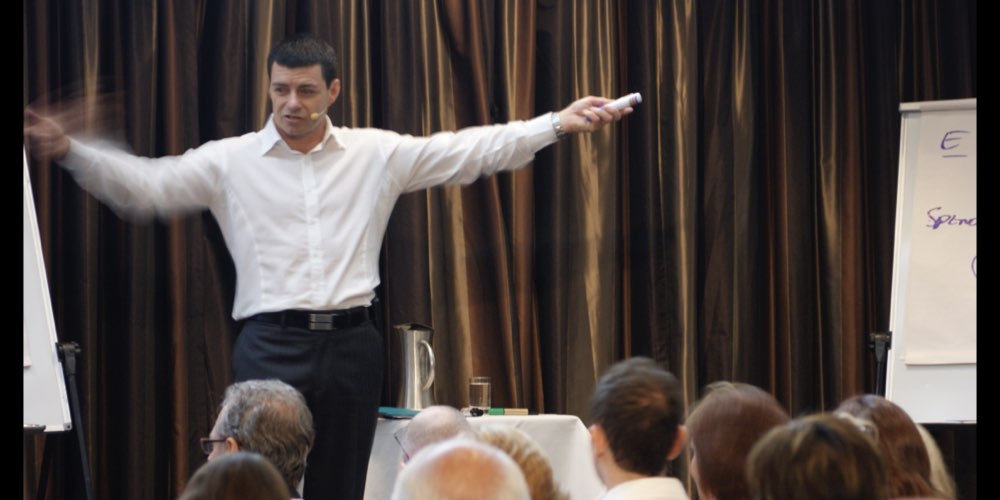
Do You Have the Mindset for Change Leadership

During our change leader training we put all students through a simulation that effectively replicates a production and service environment here.
They are exposed to situations where steps in a process have waste present. Here’s where a very common thinking pattern emerges.
Do they notice the waste? Well ... truth is they do. However, thoughts immediately jump to solutions.
As an example, a student will be trying to separate rice from beads (in the simulation) using a slotted spoon. As they shake the spoon rice spills over the edge as do some of the beads, so separation is quite inefficient.
“Can we get a larger spoon?” “Can we get a bigger sieve?”
The vast majority of students quickly see the step as inefficient and then immediately jump to the first obvious solution. That old “bring me a solution, not a problem” mindset has been deeply embedded.
Unfortunately, if we implemented every efficient improvement solution raised through the value stream, it would make the value stream even worse than it is now.
Why?
Well… for two reasons.
#1 Improvements in isolation of the rest of the value steam can actually contribute to waste rather than remove it. Fixing something in isolation can appear to add value, but in reality is just a cost if the waste is simply moved to another location.
#2 The first and most obvious solution that comes to mind might not be the best solution. Truth is, it’s this natural tendency to see the solution that can kill innovation in business.
What Is The Correct Mindset?
We want you to notice waste, not solutions. When I look at someone shaking that spoon with rice and beads in it, I see spillage occurring, not the need for a larger spoon.
Spillage can be treated in many different ways, getting a larger spoon is only one of those ways.
We also need to focus on where to improve first. The ‘why would be fix that step now’ question can only be answered by having a bigger picture view of the value stream.
Have you got the right mindset?

You can find out more about George here www.georgeleesye.com and connect to his YouTube channel here.


